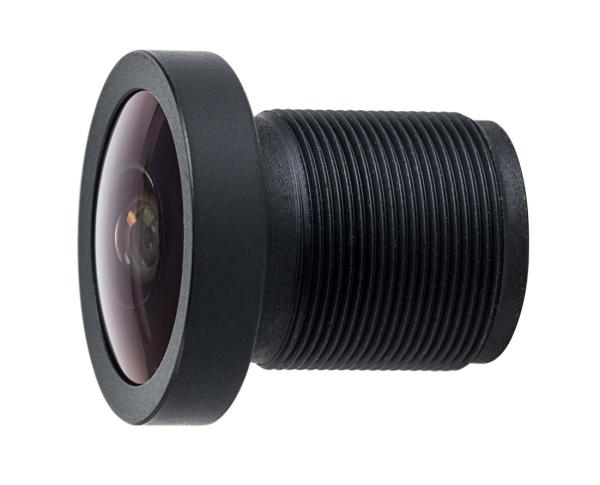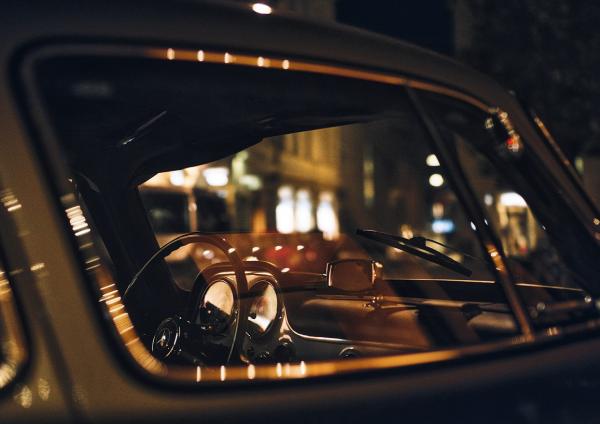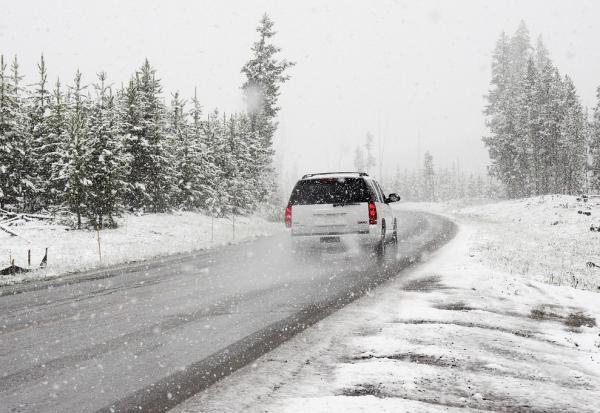What Is A Car Camera? What Are The Process Requirements For Car Cameras?
Car cameras are widely used in the automotive field, and their application scenarios are becoming increasingly diverse, from the earliest driving records and reversing images to intelligent recognition, ADAS assisted driving, etc. Therefore, car cameras are also known as the “eyes of autonomous driving” and have become the core equipment in the field of autonomous driving.
1.What is a car camera?
The car camera is a complete device composed of a series of components. The main hardware components include optical lenses, image sensors, serializers, ISP image signal processors, connectors, etc.
Optical lenses are mainly responsible for focusing light and projecting objects in the field of view onto the surface of the imaging medium. Depending on the requirements for imaging effects, the requirements for the lens composition of optical lenses are also different.
One of the components of the car camera: optical lens
Image sensors can use the photoelectric conversion function of photoelectric devices to convert the light image on the photosensitive surface into an electrical signal that is proportional to the light image. They are mainly divided into CCD and CMOS.
The image signal processor (ISP) obtains the raw data of red, green and blue from the sensor, and performs multiple correction processes such as eliminating mosaic effect, adjusting color, eliminating lens distortion, and performing effective data compression. It can also complete video format conversion, image scaling, automatic exposure, automatic focusing and other tasks.
The serializer can transmit the processed image data and can be used to transmit various types of image data such as RGB, YUV, etc. The connector is mainly used to connect and fix the camera.
2.What are the process requirements for car cameras?
As cars need to work in an external environment for a long time and need to withstand the test of harsh environments, car cameras are required to be able to maintain stable operation in complex environments such as high and low temperature environments, strong vibrations, high humidity and heat. Therefore, the requirements for car cameras in terms of manufacturing process and reliability are higher than those for industrial cameras and commercial cameras.
Car camera on board
Generally speaking, the process requirements for car cameras mainly include the following aspects:
①High temperature resistance
The car camera needs to be able to operate normally within the range of -40℃~85℃ and be able to adapt to drastic temperature changes.
②Water resistant
The sealing of the car camera must be very tight and it must be able to be used normally after being soaked in rain for several days.
③Earthquake resistant
When a car is traveling on an uneven road, it will produce strong vibrations, so the car camera must be able to withstand vibrations of various intensities.
Car camera anti-vibration
④Antimagnetic
When a car starts, it will generate extremely high electromagnetic pulses, which requires the on-board camera to have extremely high anti-magnetic performance.
⑤Low noise
The camera is required to effectively suppress noise in dim light, especially the side view and rear view cameras are required to capture images clearly even at night.
⑥High dynamics
The car travels fast and the light environment faced by the camera changes drastically and frequently, which requires the camera’s CMOS to have highly dynamic characteristics.
⑦Ultra wide angle
It is required that the side-view surround camera must be ultra-wide-angle with a horizontal viewing angle of more than 135°.
⑧Service life
The service life of a vehicle camera must be at least 8 to 10 years to meet the requirements.
Final Thoughts:
If you are interested in purchasing various types of lenses for surveillance, scanning, drones, smart home, or any other use, we have what you need. Contact us today to learn more about our lenses and other accessories.


